Exploring Hermosillo, northern Mexico’s great unsung food city
Reporting from Hermosillo, Mexico — In the historic colonia of Villa de Seris — a quiet neighborhood just south of the Río Sonora in the city of Hermosillo — Gregoria Guadalupe Fraga Yáñez spends her weekends making tortillas.
Yáñez — the head tortillera at Burros y Tortillas San Ramón, a popular stand on a leafy corner in Villa de Seris — grabs a smooth ball of dough from a baking tray and uses a rolling pin to flatten it into more or less the shape of a dinner plate. She then stretches it by hand, draping it over her forearm, where it hangs like a thin, loose bed sheet. Finally she flings it onto a hot comal, a huge, rounded steel dome constructed from a repurposed tractor disc blade. (The use of reconfigured farm equipment is common in Sonoran campfire cooking.) The tortilla lands on the dome with Olympic-level precision; the dough puffs up and starts to blister.
Made from just wheat flour, salt, water and lard, and stretched to what seems an unreasonably thin consistency, a proper Sonoran tortilla sparks a sort of ephemeral pleasure spiral: You are consumed with the sense of eating something unequivocally buttery, light and tender; something so rich and finely honed you can almost feel your neurons inflate with pleasure.
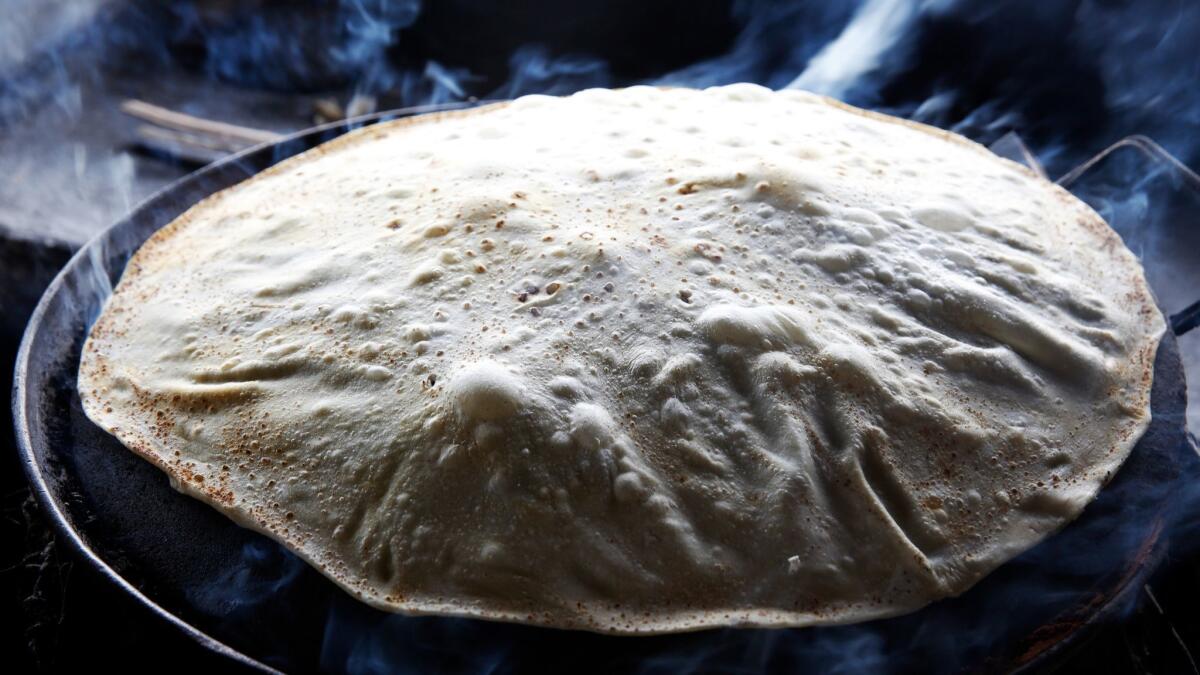
Yáñez makes the thin, extra-large wheat flour tortillas commonly known as sobaqueras. The name, a derivation of the Spanish word “sobaco,” or “armpit,” inspires all manner of conjecture. One popular theory is that it’s a reference to the extravagant diameter of the tortillas, which extend from armpit to armpit. Some Sonorans, however, consider the term a pejorative, preferring instead tortillas de agua or tortillas grandes.
Yáñez calls them tortillas de harina. Wearing a flour-smudged apron, her dark hair tucked neatly into a plastic shower cap, she is solemn and polite, with a natural wit that reveals itself when you start asking questions. “I haven’t been doing this very long,” she says with a wry smile. “Only about 20 years.”
CONNECT: Sign up for the Tasting Notes newsletter »
Exceptional flour tortillas are ubiquitous in Hermosillo. They are made at itinerant roadside food stands, upscale steakhouses and every type of restaurant in between. Locally made flour tortillas are even sold at the souvenir shops inside General Ignacio Pesqueira García International Airport, where travelers stuff their carry-ons with a few last precious bundles to take home.
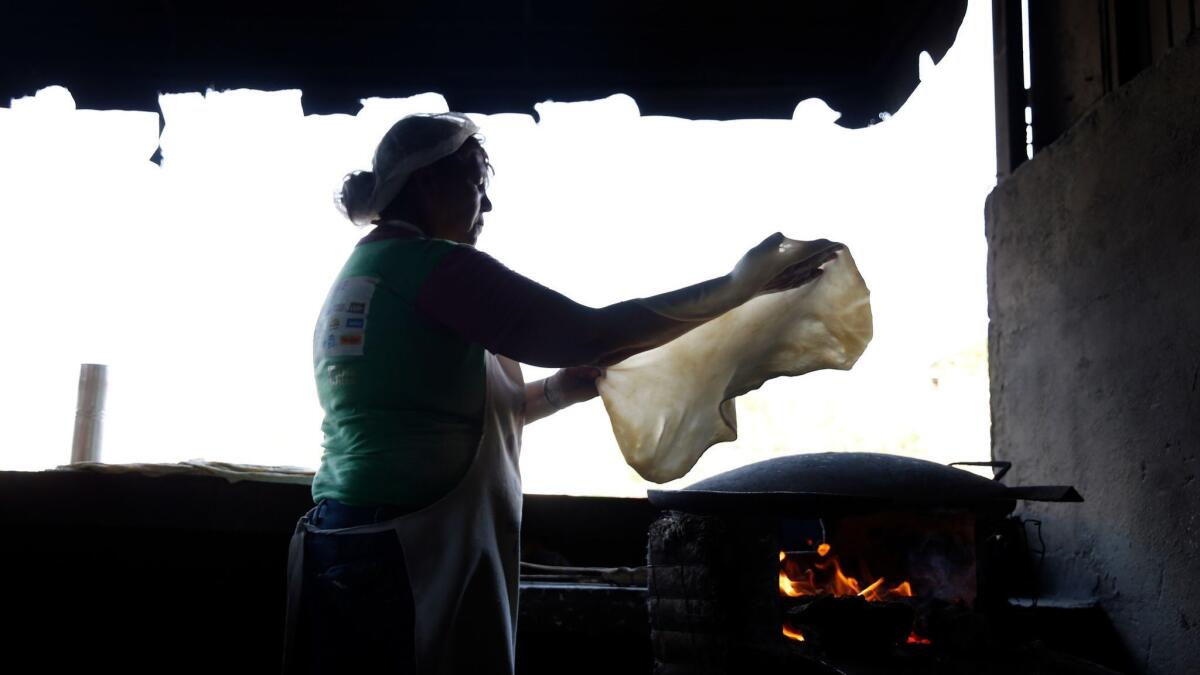
But there is more to Hermosillo than flour tortillas, as if they weren’t enough. It is one of Mexico’s great underrated food cities, and worthy of gastronomical pilgrimage.
The city is a hot, dry working-class desert metropolis of 800,000, situated about 220 miles south of Tucson; it’s the capital of Sonora and the industrial and cultural hub of northwestern Mexico. The economy is fed by auto plants, tech firms, agriculture and local tourism (the city is only about an hour’s drive from the beaches and bays of the Sea of Cortez).
Hemosillo has a well-developed and singular culinary personality. Its modern foodways, shaped by the harsh yet fruitful Sonoran desert, represent more than 500 years of different cultures rubbing up against one another.
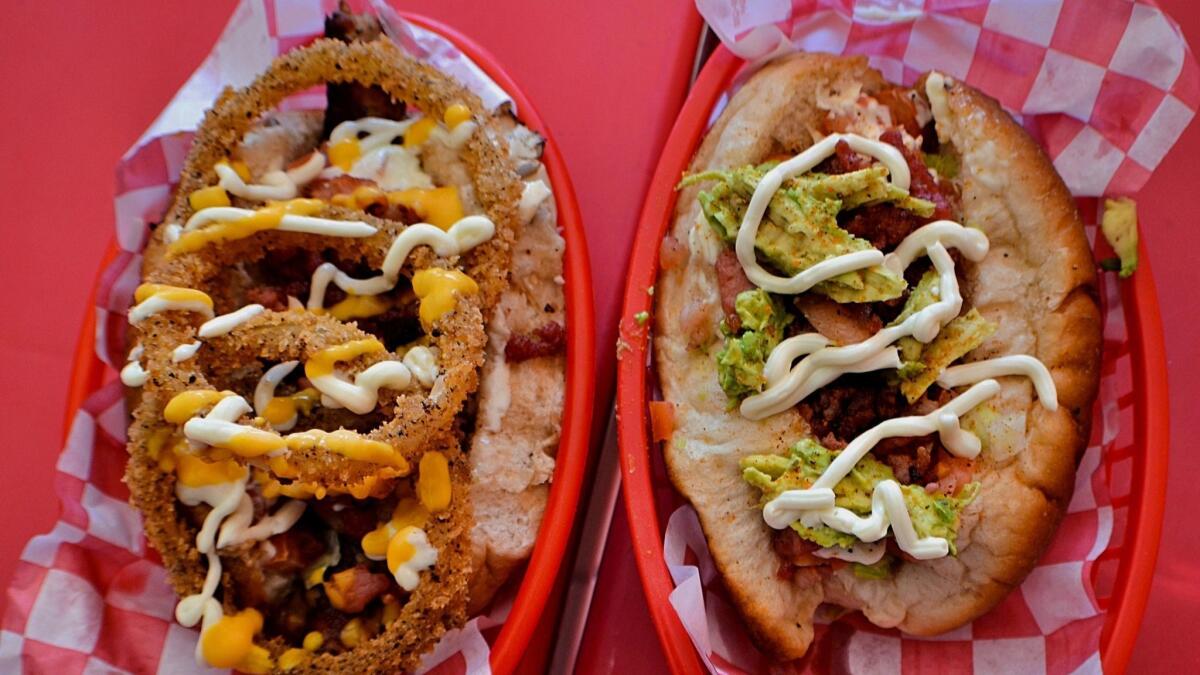
Although not technically a border city, Hermosillo has long been a compelling incubator of borderlands cuisine. This is the land of béisbol (recall that Fernando Valenzuela hails from Navojoa in southern Sonora), root beer stands, Mexican sushi restaurants, Chinese-Mexican eateries (the legacy of robust Chinese immigration to northern Mexico) and perhaps the most famous borderlands food of the modern era: the bacon-wrapped Sonoran hot dog. You’ll find carretas de dogos (hot dog stands) scattered around the Universidad de Sonora campus. Most are late-night joints; if you can’t wait for dinnertime, try an all-day neighborhood spot like Hot Dog Los Asombrosos, where fluffy split-top buns cradle Sonoran dogs and a massively complicated pantryful of toppings: avocado, onion rings, chiles güeritos, mounds of cheddar cheese. Anything goes.
Even if its hot dogs have helped put the word “Sonora” in the mouths of Americans, classic Sonoran cooking is a thing apart from that. Just north of the Hermosillo city limits, in the village of San Pedro, Viva Sonora is a culinary time capsule. The restaurant, situated in what looks like a botanical garden, is run by the family of Olimpia Cruz Puebla and Miguel Cruz Ayala. The restaurant has an explicit philosophy: to preserve the flavors of traditional Sonoran cooking. It’s the place to go for grand combo platters of homemade chile colorado (beef or pork stewed in a red chile sauce); tamales de elote; caldo de queso (the irresistibly rich Sonoran-style cheese soup); and burros overflowing with machaca con papa. On weekend mornings, a tianguis (outdoor market) springs up on San Pedro’s main strip, with vendors selling traditional Sonoran ingredients like chiltepin, the wild native chile that still graces the table of many Sonoran households.
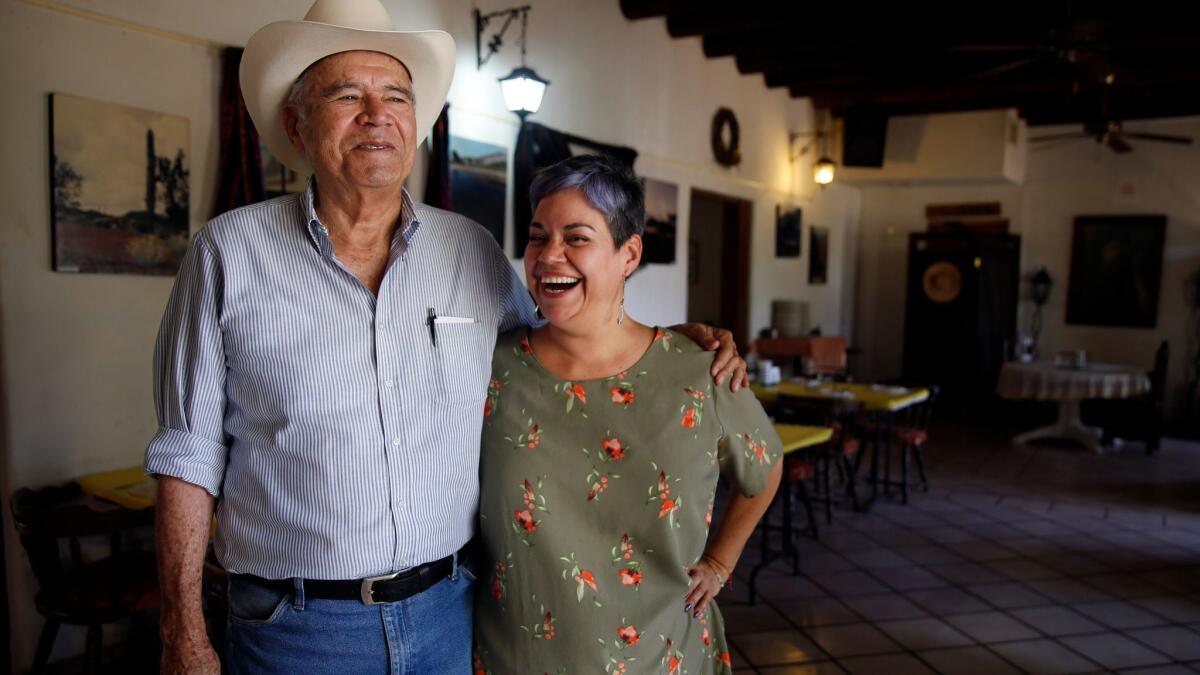
At its most basic, classic Sonoran cooking is flour tortillas and beef. Jesuit missionaries brought cattle, wheat and Christianity to this part of the world in the 17th century. Beef has been a regional obsession ever since. Carne asada is religion in Hermosillo: thinly sliced, simply seasoned and grilled over mesquite charcoal. It’s found in every corner of the city, and everyone has a favorite. Asadero El Leñador in the Colonia El Centenario isn’t fancy but the carne asada is typical of what you’ll find at many midrange sit-down restaurants: mesquite-grilled rib-eye, lightly charred and served with all the trimmings — whole grilled green onions, flour tortillas and pinto beans stippled with queso fresco.
Hermosillo also is home to some of the most venerable steakhouses in northern Mexico, including the flagship location of Restaurant Palominos, a staple since 1973. Another of the city’s white-tablecloth steakhouse temples is Sonora Steak, a restaurant in the Colonia Pitic where the aged rib-eye is cut and weighed right at your table.
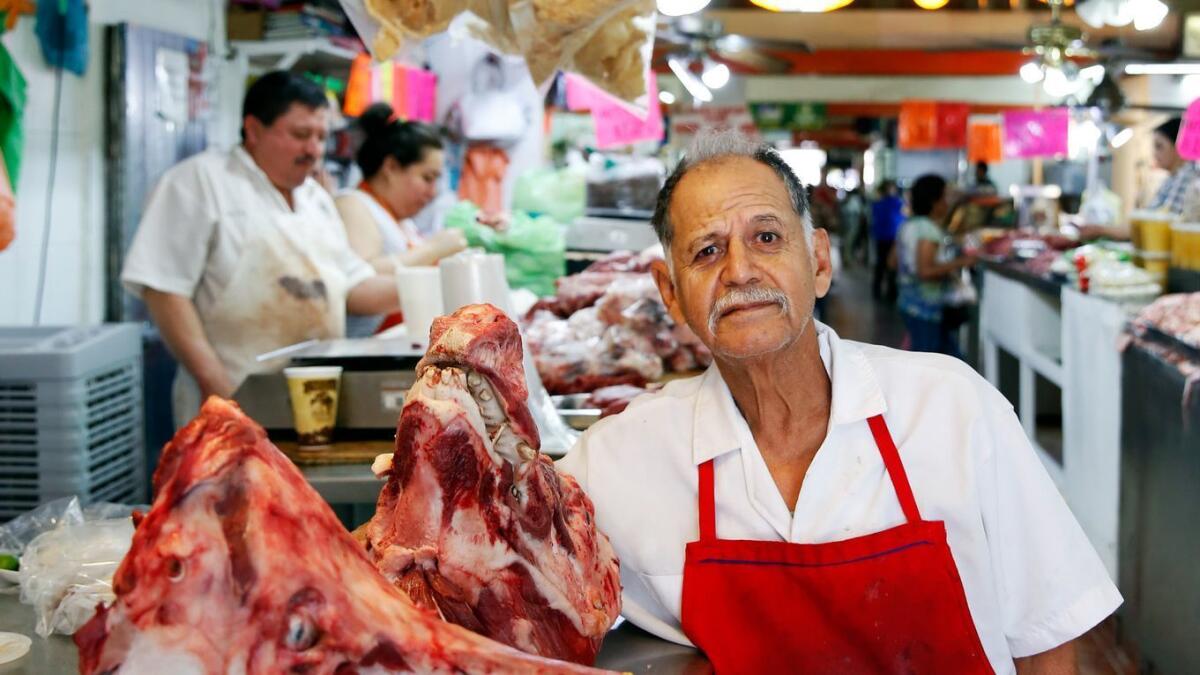
Sonorenses’ obsession with beef is palpable at the Mercado Municipal, the city’s central meat and produce market, which has been in operation for more than 100 years. The market stalls are lined with local butchers, many of them multigenerational family outfits, who carve up enormous slabs of beef in plain view.
Even if you aren’t here to shop for an upcoming barbecue, the market is the right place to get a second or third wind when you’re hungry. Food stalls are teeming with regional specialties: thin, shatteringly crisp chimichangas, nothing like the leaden north-of-the-border variety; belly-warming bowls of gallo pinto stew; and seafood staples like caldo de cahuamanta, Sonora’s famous manta ray and shrimp stew. A good rendition is sold at Mariscos Naranjeros Home Team, a restaurant named after the city’s wildly popular Mexican Pacific League baseball team. The family-owned spot has been in the market for almost 20 years. A bowl of cahuamanta here hits you like old, familiar medicine: hot, gorgeously briny and reliably comforting.
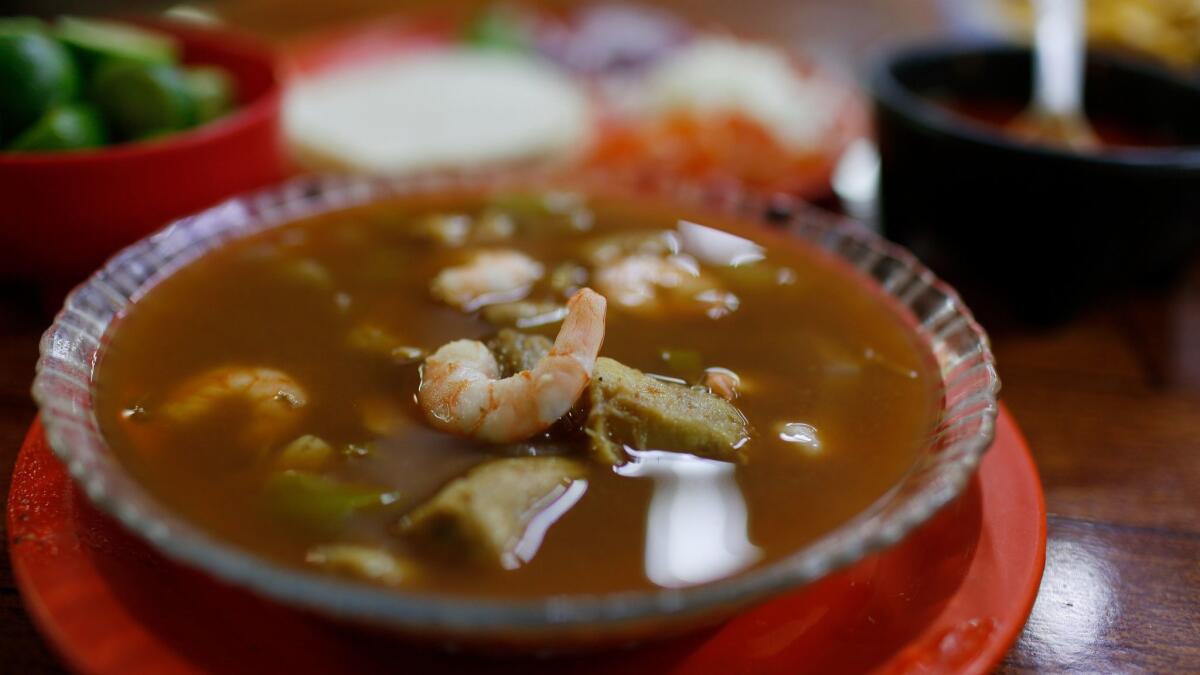
Hermosillo — and the north’s — beefiness has not always played to its favor, regardless of the popularity of carne asada. There is a quote about el norte, attributed to the early 20th century Mexican philosopher and writer José Vasconcelos, that goes like this: “La civilización termina donde comienza la carne asada” (“Civilization ends where carne asada begins”). It has since been discounted as a misinterpretation (the original language is milder, and Vasconcelos was probably writing about a trip to Querétaro in central Mexico), but the sentiment captures the sort of unfeigned snobbery that norteño culture — and, by extension, Hermosillo’s worthiness as a destination — has endured over the decades.
And with a strong vaquero and ranching heritage, and relative isolation from the rest of Mexico, the city reckons with a reputation for provincialism.
“People think we’re all cowboys here,” Sergio Robles tells me over dinner at Mochomos Fusión Sonorense, an upscale Sonoran-style steak and seafood restaurant on busy José María Morelos Boulevard.
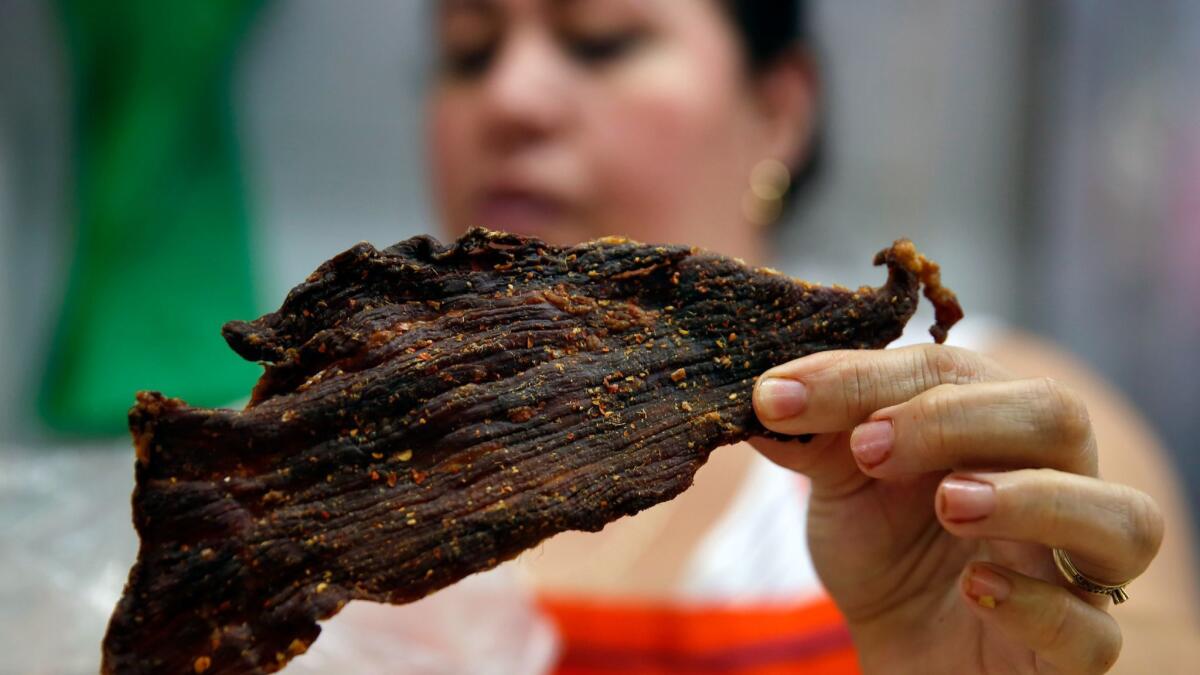
Like many young, relatively affluent Hermosillenses, Robles, a college student, is fluent in English and has spent a couple of semesters north of the border, in his case studying at the University of Arizona and Arizona State University. “[Other Mexicans] think we’re still riding our horses down the street,” he laughs. “They think everyone here owns a ranch. But Hermosillo has grown a lot.”
Robles points to Hermosillo’s growing craft beer scene, which you can sample at Buqui Bichi Brewing, the city’s oldest microbrewery and taproom, and the city’s newish open-air food truck court and beer garden, Parque La Ruina. Craft-beer fanatics also gather at Espuma Artesanal in the centro historico, a friendly, low-key spot for sampling regional craft Mexican beers.
But the heart of Sonora’s drinking culture is the region’s famously intense native spirit: bacanora.
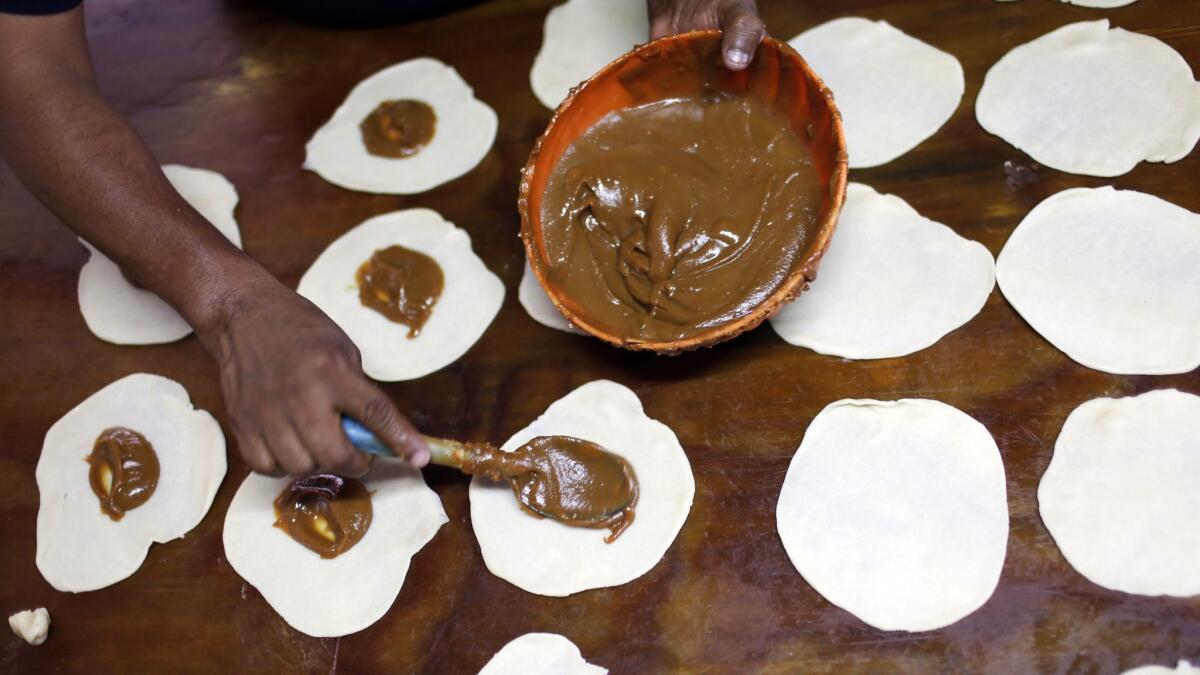
The “moonshine mescal” is wrapped up in outlaw lore — bacanora was banned in the state for most of the 20th century by Sonora’s conservative government, and there’s still something thrilling about taking a sip out of abuelito’s hidden homemade stash. (You’ll have to know somebody’s abuelito to try one of these renditions.)
An easier way to get hold of the good stuff is at Bacanora de Sonora, a small shop stocked with high-quality bacanora, including añejo varieties that are a little softer on the palate. You can also find a smaller variety at the chain wine store La Cubiella, and if you just want a taste, most of the city’s upscale steakhouses keep bottles in stock.
Like bacanora, coyotas — flat, round wheat pastries, traditionally filled with piloncillo (Mexican brown sugar) and jamoncillo (a dulce de leche-like sweet made from milk, sugar and nuts) and baked in wood-fired ovens — are synonymous with Sonoran food culture. Villa de Seris, the tranquil, largely residential neighborhood tucked south of a dried-up stretch of the Río Sonora, is home to several family-owned bakeries specializing in coyotas.

Coyotas Doña Maria is one of the oldest and most famous coyota producers in the city; it has a gift shop stocked with parcels of packaged coyotas and perhaps the biggest selection of all the bakeries — everything from the standard fillings (piloncillo and jamoncillo) to harder-to-find flavors like fig, strawberry and coconut. The smaller but well-regarded Coyotas Doña Coyo on Calle Alfonso Durazo is the place to go for freshly baked coyotas. Walking into the tiny, dimly lighted shop can feel like an incursion; the shopkeepers are usually in the back room baking — but it’s worth hanging out at the counter for one of the bakery’s sweetly chewy coyotas.
If you can resist eating it right away, walk your coyota to Plaza Zaragoza in the city’s historic center, where teenage couples flirt under the shade of the plaza’s grand kiosk. Hipster-friendly coffee shops are everywhere here. During the city’s long, excruciatingly hot summers, the mercury can drop by as much as 20 blissful degrees at sundown. That’s when the plaza snaps dramatically to life. Families from the nearby colonias emerge from their homes to socialize and walk their dogs around the cobblestone streets. Vendors, selling everything from handmade jewelry to raspados and pirulín candies, line the perimeter of the plaza. If there’s anything better than eating in Hermosillo, it’s standing here at sunset, watching the white-hot sun fade over the cathedral towers.
Eating, drinking and shopping in the Sonoran capital
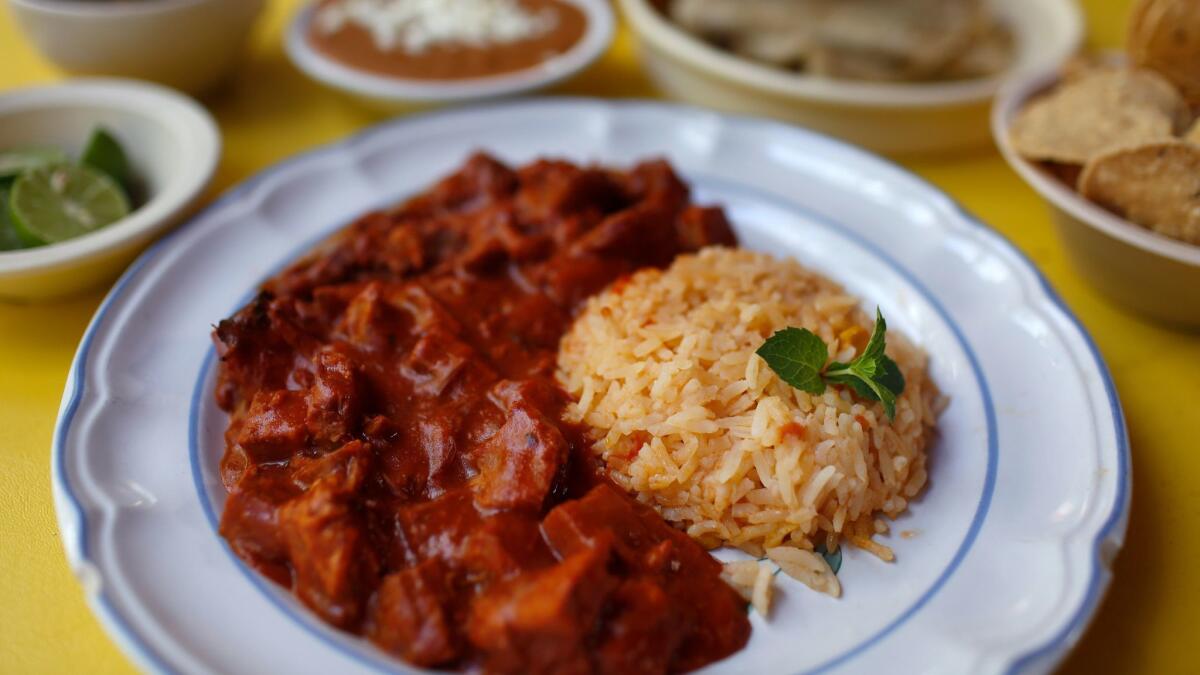
Mercado Municipal. The city’s central meat and produce market is a great destination for tacos de cabeza; shatteringly crisp chimichangas; machaca breakfast plates; and hearty bowls of hot cahuamanta stew. Av. Plutarco Elías Calles 26, Centro.
Viva Sonora. Located about nine miles north of Hermosillo in the village of San Pedro el Saucito, the restaurant serves traditional Sonoran dishes like carne con chile, carne asada platters, machaca, tamales de elote, costillas adobadas and handmade flour tortillas. Ures SN, San Pedro el Saucito.
Burros y Tortillas San Ramón. This food stand sells excellent flour tortillas de agua and a delicious assortment of braised meats. You won’t find diminutive “burritos” here, but rather the bulging, oversize Sonoran specimens known as burros. Alfonso Durazo No. 6, Villa de Seris.
Los Asombrosos Hot Dogs. This neighborhood hot dog joint features bacon-wrapped franks stuffed into artisanal hot dog buns and topped with ingredients like cheese, beans and onion rings, plus a condiment bar where you can pile on the add-ons. Olivares 183 Esq. Manuel M. Dieguez, Olivares.
Asadero El Leñador. This group-friendly restaurant specializes in massive platters of mesquite-grilled rib-eye served with grilled onions, beans and tortillas. Blvd. Luis Donaldo Colosio 168, Centenario.
Restaurante Los Palominos. This high-end steakhouse has been serving Sonoran-style prime cuts since 1973. The restaurant is well known for its paquetes — family-size grilled meat dinners served with frijoles maneados (refried beans spiked with cheese and spices). Galeana 72, Villa de Seris.
Reforma 255. A hip brunch spot featuring updated Sonoran breakfast classics, including lorenzas (open-faced crispy corn tortillas topped with turkey chorizo and melted cheese) and an excellent beef machaca with eggs. Calle de la Reforma 255, El Centenario.
Mochomos. This upscale steak and seafood restaurant serves updated takes on Sonoran classics. Try the shrimp in bacanora sauce, or the eponymous house speciality called mochomos — finely shredded beef cooked to a crisp. Blvd. José María Morelos 647, Bachoco.
Coyotas Doña Coyo. A tiny, family-run storefront in the coyota bakery district of Villa de Seris, Coyotas Doña Coyo sells freshly baked round wheat pastries. Calle Alfonso Durazo A. 22, Villa de Seris.
Coyotas Doña Maria. The biggest and most popular coyota bakery in Hermosillo offers packaged coyota pastries in an assortment of flavors. Sufragio Efectivo 37, Villa de Seris.
Bacanora de Sonora. This small, upscale shop is regularly stocked with high-quality bacanora, including añejo varieties. José María Yañez 40 B, Centro.
Rancho “Los Mezquites” Don Kiko e Hijos. This roadside shop, just north of the Hermosillo city limits, specializes in regional Sonoran food products, including a good selection of dried chiltepin peppers and dehydrated machaca. Carretera Hermosillo, Moctezuma, San Pedro el Saucito.
Buqui Bichi Brewing. The city’s first microbrewery and taproom serves beers made with ingredients characteristic of northern Mexico, including brews made using orange, piloncillo and locally roasted coffee. Blvd. Eusebio Francisco Kino 69 Local 1, 5 de Mayo.
Parque La Ruina. A food truck court and beer garden, this hugely popular open-air venue draws Hermosillenses of all ages. Eusebio Francisco Kino 9001, Cruz Gálvez, Centro.
Twitter: @piescarcega
Instagram: @holynopales
More to Read
Eat your way across L.A.
Get our weekly Tasting Notes newsletter for reviews, news and more.
You may occasionally receive promotional content from the Los Angeles Times.










